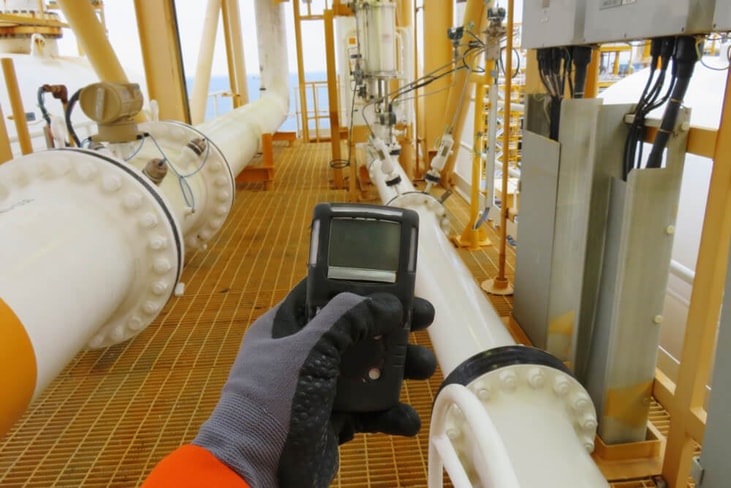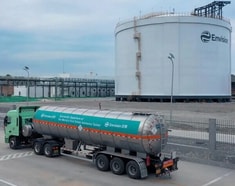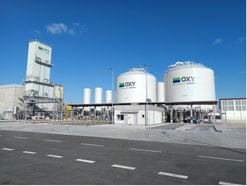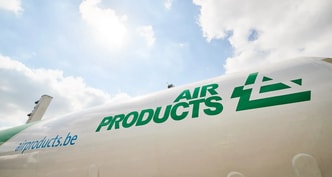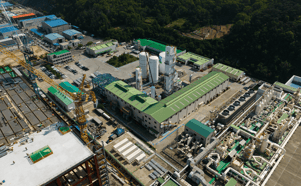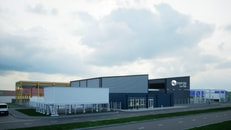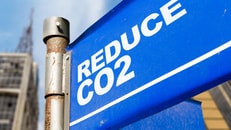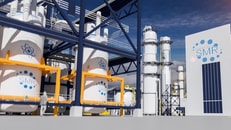Teledyne releases upgraded hydrogen detector
France-based technology developed Teledyne has announced the enhanced version of its Gasurveyor 700 (GS700) gas detector, which combines hydrogen and natural gas detection into one device.
The portable GS700-Hydrogen device aims to simplify gas detection across applications such as outdoor and indoor leak detection, purging, barholing and pipeline gas testing.
According to Teledyne, development of its ATEX-certified instrument was supported by field trials aligned with the hydrogen transition efforts of prominent UK utility companies SGN and Northern Gas Networks.
Set to begin operations next year, SGN’s H100 Fife project will establish the world’s first green hydrogen gas network in Levenmouth, Fife in Scotland.
... to continue reading you must be subscribed

